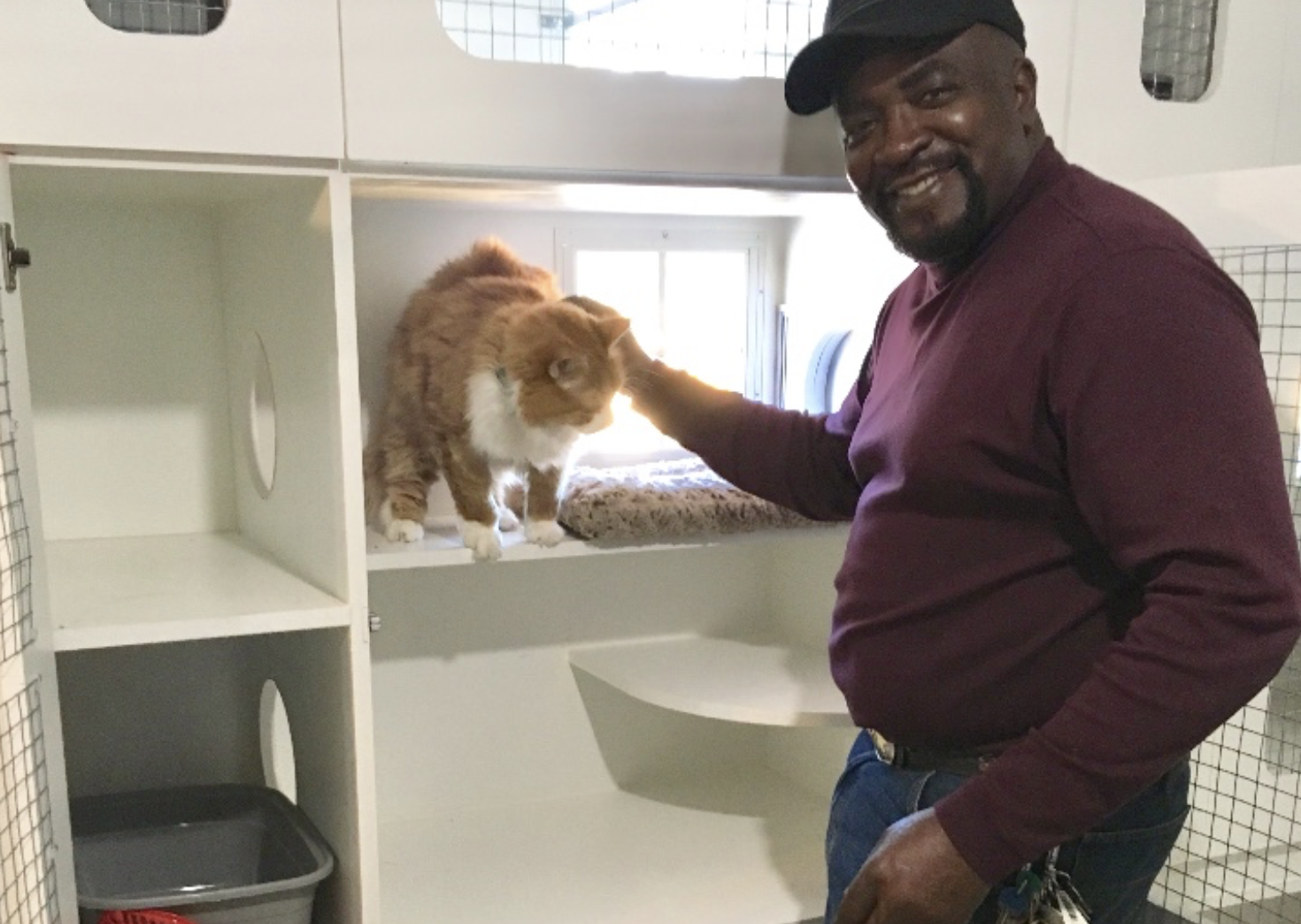Every June, National Pet Preparedness Month reminds us that emergencies can strike anytime. This is more than a seasonal awareness campaign for pet-care businesses like dog daycares, kennels, groomers, boarders, trainers, or dog parks. It's an opportunity to lead the way in safety, planning, and community trust.
When the California wildfires tore through communities in early 2025, thousands of residents were forced to evacuate with little warning. Local animal shelters, boarding facilities, and veterinary clinics became overwhelmed—not just by the sheer volume of displaced pets but also by the chaos that followed. Volunteers scrambled to gather medical records and match animals with their families. Rescue groups even stepped in to transport animals to safety in kennels out of state.
This is an example of the very real toll disaster can take on pet parents, pet-care businesses, and communities at any moment. For pet-care businesses across the U.S., these types of emergencies are a crucial reminder that planning ahead saves lives.
Why Pet Preparedness Month Matters for Pet-Care Businesses
So, what does it mean to be emergency-ready? How can your pet-care business prepare for a disaster and help your customers and their pets do the same?
June's focus on pet preparedness is more than just a good idea—it's a chance to establish your brand as a trusted resource in your community. Emergencies like house fires, floods, tornadoes, and power outages can happen unexpectedly, and how your business handles these scenarios could directly impact the animals in your care. Let's walk through a few steps to get your business emergency ready.
Start With a Pet-Focused Emergency Plan
Every care facility should have a written emergency plan that goes beyond fire exits and 911. Assign roles to staff in advance: Who handles animals? Who communicates with parents? Who grabs supplies? Ensure evacuation routes are clearly marked, with alternative exits noted in case one is blocked.
The American Red Cross recommends maintaining an up-to-date list of emergency contacts, including local animal shelters, veterinary clinics, poison control, and pet-friendly hotels or shelters. This can save critical time when seconds count.

Build and Maintain Emergency Kits
A solid emergency kit can help you stay calm and collected in a crisis. At a minimum, your kit should include:
- Slip leads, harnesses, and muzzles for each dog
- Portable kennels or crates
- Bottled water and pet-safe food
- First-aid supplies like gauze, antiseptic spray, and tweezers
- Poop bags, wipes, pee pads, towels
- Toys, treats, and calming aids to help reduce anxiety
Store your kits in a central location that’s easy to grab in a hurry—and check expiration dates on food, water, and meds every few months. Remember that animals may need to be separated and temporarily housed in individual areas or locations, so ensure each pet has all the supplies they need to be safe and comfortable in their environments.
Go Digital With Pet Records
In an emergency, you need to be able to identify every pet and access their health records quickly. A modern pet-care software system like Gingr can help you store digital profiles with photos, vaccination records, medical needs, and emergency contacts—all accessible on your phone or tablet, even if you’re off-site.
Also, it doesn't hurt to print out a hard copy of your roster daily and keep it in a grab-and-go binder in case power or Wi-Fi goes down.
Train Your Staff—and Practice
Don’t wait for an emergency to determine how your team reacts under pressure. Schedule regular drills for scenarios like:
- Fire evacuation
- Severe weather shelter-in-place
- Earthquake response (especially in at-risk areas)
- Missing pet protocol
All team members should be trained in basic pet first aid and CPR. Even a few minutes of preparedness can reduce panic and prevent injuries for pets and people.
Establish a Communication Plan for Pet Parents
Pet parents want timely and accurate updates during an emergency. Make sure your intake process includes multiple contact methods (text, email, emergency contact) and uses bulk communication tools to share information quickly.
You can also set up automated alerts through Gingr or post updates to your website and social media. The more you communicate, the more trust you build—even in chaos.

Know Where to Go
Should you need to evacuate the building, where will the dogs go? Identify nearby pet-friendly hotels, shelters, or even partner vet clinics that can temporarily take in animals. Make a list with addresses and phone numbers and keep it in your emergency binder.
Prepare Your Facility
Take a walk through your daycare and ask: Is this space safe during an emergency?
- Are heavy items secured?
- Are emergency exits clearly marked and unblocked?
- Are fire alarms and CO2 detectors tested and working?
- Are windows and doors secure, but easy to open quickly if needed?
Prevention is the best form of protection, and small changes now can make a big difference later.
Plan for Power Loss
A power outage can affect everything from water access to security systems. Make sure you have:
- Flashlights or battery-operated lanterns
- Backup chargers or battery packs
- Manual locks or alternative methods for securing gates and kennels
If possible, invest in a generator—especially in areas prone to hurricanes, blizzards, extreme heat, or wildfires.
Evacuate Calmly and Clearly
Stress is contagious during an evacuation. Dogs pick up on staff anxiety, so staying calm and organized is key.
Use a physical or digital checklist to track each pet as it is loaded into crates or vehicles. Group dogs by household or temperament to avoid conflict. And double-check the facility before leaving—no tail left behind.
Post-Emergency Protocols: Reunite, Report, Review
After the emergency is over, your work isn’t. Carefully examine each dog for injury or stress symptoms, and document everything.
When parents arrive, reunite them with their pets calmly and with clear communication. Then, debrief with your team. What went well? What could be improved? Update your plan accordingly.

Preparation and Peace of Mind are Paw-sible
Your commitment to safety shows clients you care—and in the world of pet care, that kind of trust is everything. Emergencies are unpredictable, but your response doesn’t have to be. With a clear plan, trained staff, accessible records, and strong communication support, your dog daycare can keep tails wagging—even when the unexpected hits. Get the tools you need to keep pet parents informed and ensure your operations run smoothly. Book a demo with Gingr today.
Subscribe to the Gingr Blog







